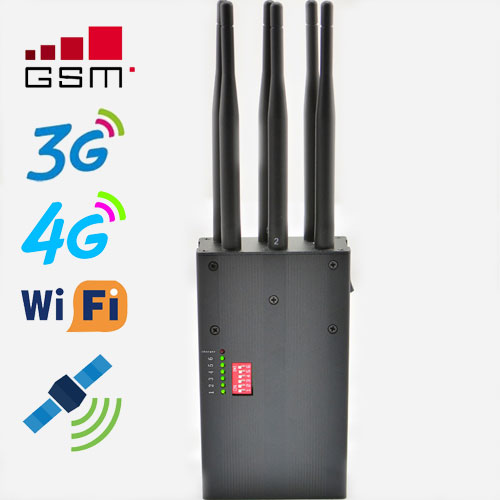Figure 3 is a typical working scenario of an indoor jammer. The ideal situation is to limit the maximum transmit power of the jammer to ensure that the radiation of the person closest to the jammer does not exceed the standard, that is, the minimum safe distance of the signal jammer should not exceed the minimum distance between the jammer and the participants. For indoor jammers, the minimum safe distance can be 2m.

Green jammer and its working principle and application principle
The green jammer means that the transmitting power is low, it does not affect the health of the people who are normally active in the interference place, and does not affect the wireless uplink. Specifically:
(1) The minimum safety distance R is very small, for a typical indoor scene, R≤2m;
(2) The effective interference radius D is very large, for a typical indoor scene with medium signal strength, D≥25m;
(3) Control the total transmit power of 3G/4G interference. For indoor jammers, control it within 1W.
In order to achieve the above goals, the green jammer uses the following methods to reduce the transmit power:
(1) Key points of precise attack: Only interfere with wireless physical channels and wireless signals that can affect the normal access and communication of all users in the cell and occupy a small amount of time-frequency code resources, so that the interference energy is small and concentrated;
(2) Further, imitating the selected wireless physical channel and wireless signal, bypassing its anti-interference mechanism, thereby further reducing the average transmit power of the jammer;
(3) Further, the interference power is allocated according to the measured signal strength of different systems and different frequency points, and no interference signal is sent to idle frequency points, so as to avoid unnecessary power waste. Judging from the actual effects of current jammers, WCDMA and CDMA/CDMA2000 have very low spread spectrum gains, so the actual interference effects are very poor; TD-SCDMA spread spectrum gains are relatively low, but the actual interference effects are not ideal; The interference effect is slightly better. However, when the base station signal is strong, especially in a place where an indoor base station is installed, the interference effect of the current jammer is very poor, and it is difficult to meet actual needs. Therefore, it is necessary to use the above interference methods for WCDMA, CDMA/CDMA2000 and TD-SCDMA systems. For LTE and 4G systems, although there is no such high spreading gain as WCDMA and CDMA 2000, it has multiple anti-interference mechanisms such as frequency hopping, diversity, automatic retransmission, and high gain channel coding, and the total bandwidth is much higher. At present, 2G and 3G, and the frequency bands are scattered, also need to adopt the above-mentioned interference method.





